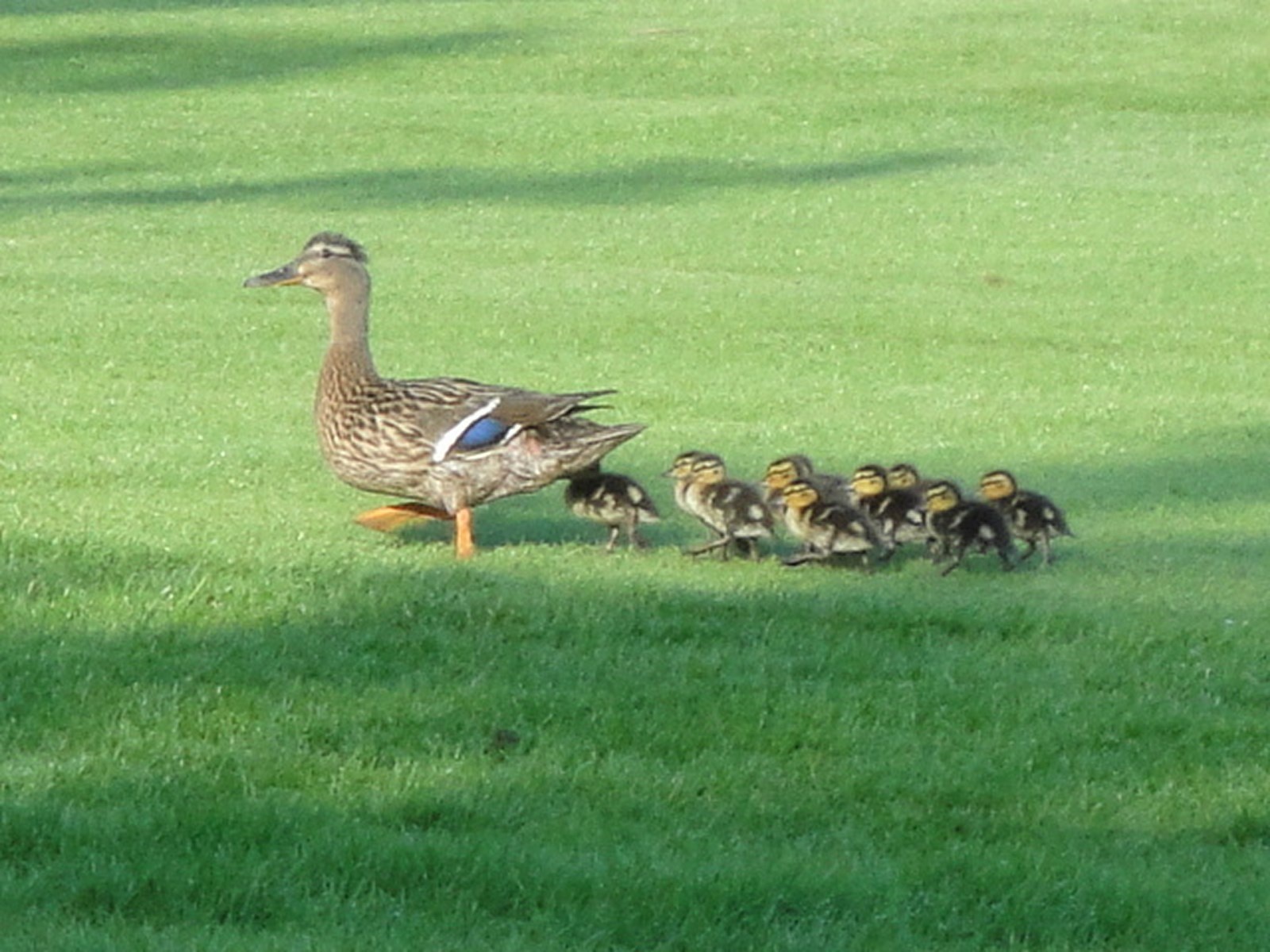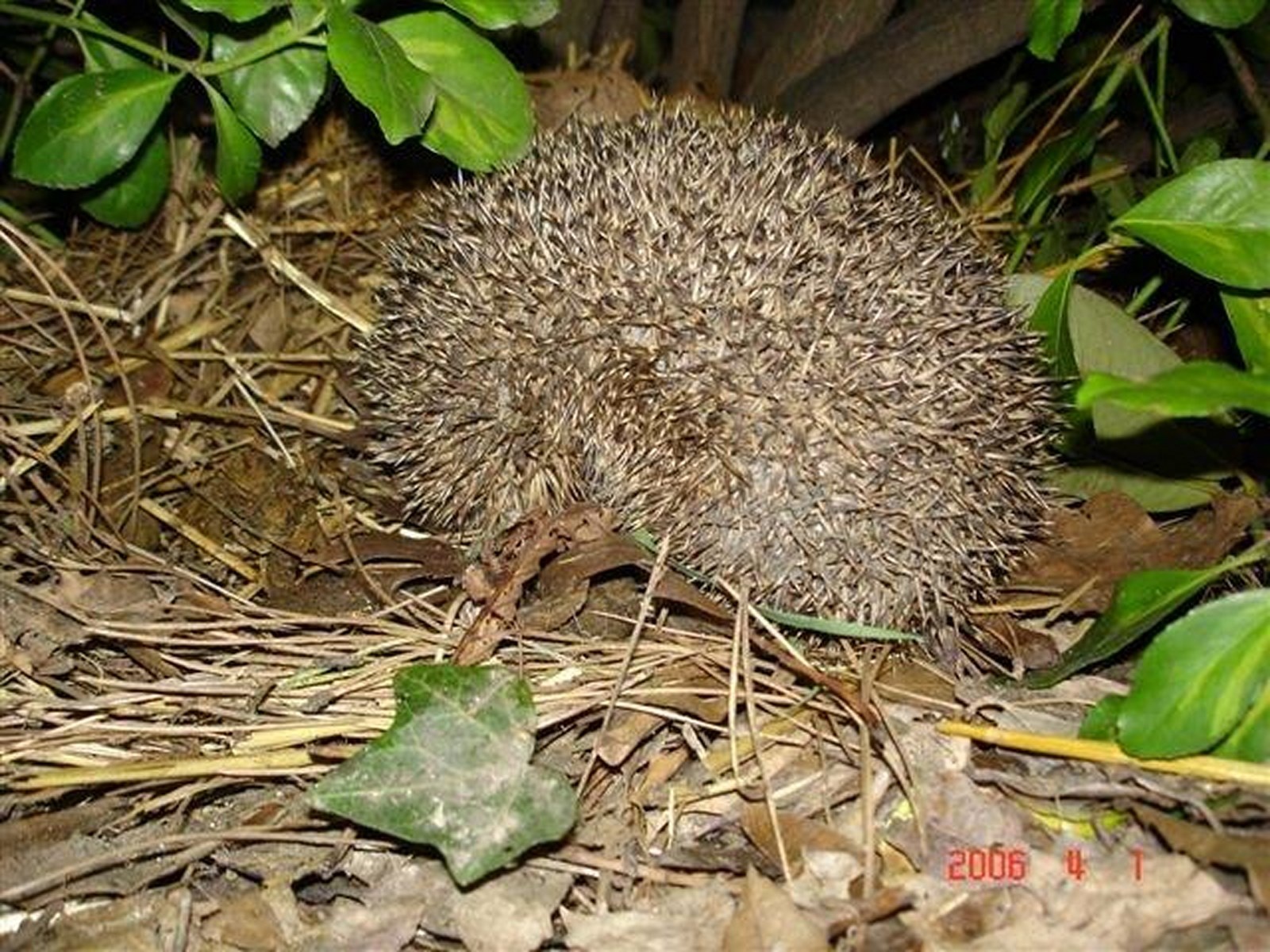Biodiversity
Biodiversity
In 2012, Saint-Cloud Golf Club asked for an ecological analysis with a request for management perspectives for the site.
This study into the golf course’s ecosystem gave us insight into the site’s natural heritage which we were able to share with our members; moreover, we have been able to enhance this heritage and integrate its preservation into our day to day management.
There is a wealth of fauna on the course, including 5 species of mammal, 5 species of bat, about 40 species of birds, 20 or so species of insects, including some remarkable crickets, and an abundance of flora: there are 189 species of wild plants. Herbaceous plants are of particular note, with a dozen or so rare or very rare plants for the Hauts-de-Seine.
The study revealed that natural heritage has become established or has been established on the site since the origin of the land and recommends maintaining the ecological balance without, however, prejudicing the game of golf. This involves managing grassy areas and senescent trees, planting local species and restoring several ponds.
Although Saint-Cloud Golf Course estate is run in a very able manner for the practice of golf, it contributes to urban ecology through the dimension and wealth of its ecosystem.
This study into the golf course’s ecosystem gave us insight into the site’s natural heritage which we were able to share with our members; moreover, we have been able to enhance this heritage and integrate its preservation into our day to day management.
There is a wealth of fauna on the course, including 5 species of mammal, 5 species of bat, about 40 species of birds, 20 or so species of insects, including some remarkable crickets, and an abundance of flora: there are 189 species of wild plants. Herbaceous plants are of particular note, with a dozen or so rare or very rare plants for the Hauts-de-Seine.
The study revealed that natural heritage has become established or has been established on the site since the origin of the land and recommends maintaining the ecological balance without, however, prejudicing the game of golf. This involves managing grassy areas and senescent trees, planting local species and restoring several ponds.
Although Saint-Cloud Golf Course estate is run in a very able manner for the practice of golf, it contributes to urban ecology through the dimension and wealth of its ecosystem.




